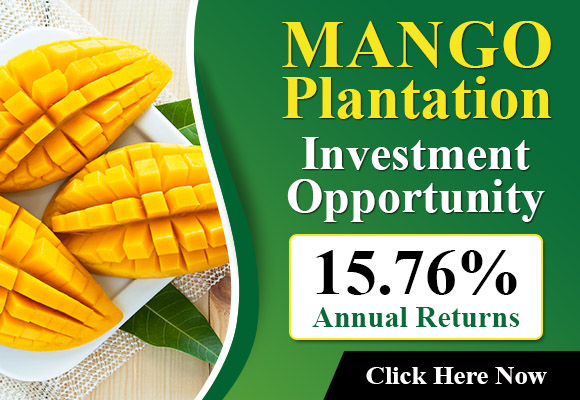South Africa is back at the stage 6 loadshedding till the end of time – which is what motorists who are stuck with the lack of traffic light are aware that agriculture is an disproportionate burden on state power company Eskom’s scheduled power outages, according to the Bureau for Agriculture and Food Policy discovered.
South Africa has had loadshedding for 248 days in the past year. It’s also the first time in one year since the last week passed without any loads being slowed.
Metal thieves pay attention to the loadshedding program to remove electricity pylons from the iron. Copper cable has long been a target for theft, and the majority of it is exported (a recent ban on export of scrap steel has been extended until the final day this year).
“Loadshedding is a nightmare – 10 or twelve hours without power is a massive burden on us. It’s a huge expense,” says an Eastern Cape exporter. “Diesel prices in our region were between R200 million to R250 million last year.”
The decrease in exports of citrus could be linked to loads being cut off and downtimes for maintenance between November and December the previous year, a few in the business believe that it was the result of disruptions to irrigation.
South Africans import 581 millions euros of solar panels by 2023.
Loadshedding was first noticed around 14 years ago. It cost the country nearly R35 billion (1.7 billion euros) between 2007 and 2019, estimates Nova Economics consulting.
In order to run pumps for irrigation and cold stores Diesel generators are currently extensively used. However, estimates suggest that the price of electricity generated by the generator is a whopping 133% more expensive than the power supplied by Eskom (some estimate that number as being twice or three times the price) All the when Eskom’s expenses also require being paid.
As of now, there are concerns concerning the reserves of the government in order to finance the volume of diesel it consumes.
South Africa has this year had more problems with loadshedding than it has in the last decade. As per Daily Investor, solar panel imports with the amount in the region of R12 billion (581 million euros) were imported thus to the end of 2018, which is an all-time record for South Africa.
The monetary review that it conducted in April 2023, South African Reserve Bank noted an increase of 12% of working hours for the agriculture sector in the last year.
“An increasing amount of loadshedding (more than MW that are not being provided) diminished the South African agricultural sector’s real GDP growth rate by 0.27 percent” says in the Bureau for Food and Agricultural Policy in their review of the effect from loadshedding in the Western Cape.
With the climate differences and climate, it’s not easy to apply Cape results to other of the regions that receive rain in summer for instance in the Western Cape is still experiencing snow, whereas in the north, summer is definitely here.
What is certain across the entire country is that the agriculture sector is among the industries which are the most subject to the effects of loadshedding.
“Thus,” continues BFAP’s report, “on a national level the burden of the loadshedding process on our economy is calculated at R9.53/kWh and agriculture absorbing 10.4 percent (or R0.99/kWh) percent of overall cost. But, if we take into account the effect on GDP, the costs of loadshedding for agriculture is estimated to be R4.01/kWh that indicates this is the industry that’s which is most negatively hit by loadshedding.”
The BFAP research cites the 2023 FruitSA loadshedding study that included more than 200 people in the sector across the nation from whom “95 percent” of them have at or above 50 percent dependent on Eskom and just 7% of people indicating that they depend 50 to 80 percentage.”
About half stated that they required power 24 hours per day, to operate their business mostly for irrigation, fertigation and cooling.
The cost of converting 500 hectares of horticulture to solar power is around R10 up to R15 billion, based on the use of the crops and topography.
“It’s hard to be a farmer,” says an agricultural economist, “and banks aren’t so willing to lend money like they used to.”
AgriSA, an industry-related organization AgriSA believes that South African farmers in all fields are currently in the midst of R205 billion in debt.
Source: The Plantations International Agroforestry Group of Companies
